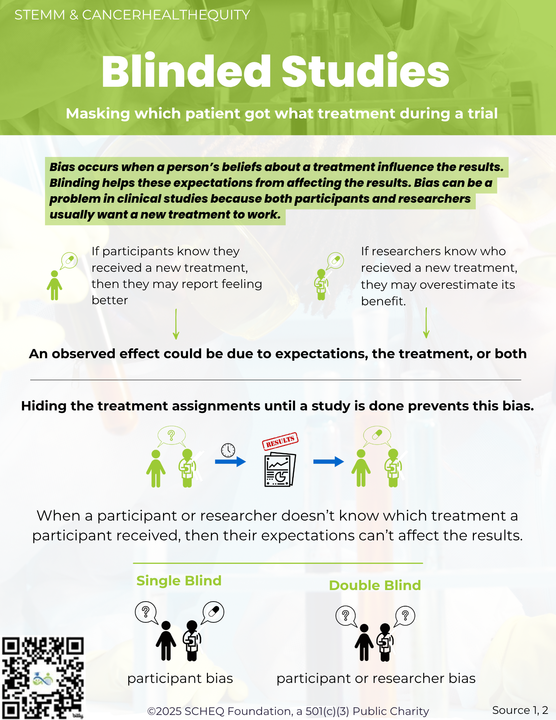Cesar Milstein was born in Bahia Blanca, Argentina in 1927 to immigrant parents. His father immigrated from Ukraine and his mother was also from a Ukrainian immigrant family. In his early life, his parents sought to ensure their children’s education and encouraged all of them to go to university. In 1952, he graduated with a BS in Biochemistry (1952) from the National University of Buenos Aires. By his own account, Milstein was a rather poor student who preferred to focus on politics and activism. He obtained his first PhD (1957) in Biochemistry from the University of Buenos Aires focusing on aldehyde dehydrogenase, notably with no economic support. This work led to his receipt of the British Council Fellowship to study at the University of Cambridge where he earned his second PhD in Biochemistry (1960) in the laboratory of Dr. Frederick Sanger. The 2nd PhD focused on the enzyme phosphoglucomutase.
Following the completion of his PhD, he accepted a position at the Medical Research Council before returning to Argentina to take a position as the head of the Department of Molecular Biology at the National Institute of Microbiology in Buenos Aires in 1961. Due to political turmoil in his home country, Milstein returned to Cambridge in 1963 to work with Sanger at the Medical Research Council (MRC) Laboratory of Molecular Biology. While at the MRC Laboratory of Molecular Biology, Milstein was surrounded by other notable biologists and biochemists of the time, such as Sydney Brenner and Francis Crick. In 1975, Milstein and his colleague Georges Köhler began their work on fusing spleen cells from mice to a myeloma cancer cell line, which led to the hybridoma technique, where antibodies are able to be cultured indefinitely. Following this work, Milstein and his colleagues began to use the monoclonal antibodies they had made to begin differentiating different cell types based on cell-surface markers, a technique still used by immunologists today. He was the head of the Protein and Nucleic Acid Chemistry Division at the MRC from 1983 until his 1995 retirement.
In 1984, Milstein, Köhler, and Niels Jerne were awareded the Nobel Prize in Physiology or Medicine for “theories concerning the specificity in development and control of the immune system and the discovery of the principle for production of monoclonal antibodies.” Milstein’s story of perseverance and the struggle of political persecution in his home country is a story many scientists share. His discoveries have impacts not only on the scientists who conduct the work, but also on the patients for whom monoclonal antibody treatment is necessary. He died in 2002 in Cambridge, England.
- https://www.nobelprize.org/prizes/medicine/1984/milstein/biographical/
- https://www.aai.org/About/History/Notable-Members/Nobel-Laureates/CesarMilstein#gsc.tab=0
- https://www.cell.com/fulltext/S0092-8674(02)00760-2
- https://www.bioc.cam.ac.uk/about-us/history/nobel-prizes/cesar-milstein
- https://www.nobelprize.org/prizes/medicine/1984/summary/
- https://www.whatisbiotechnology.org/index.php/exhibitions/milstein/early/Cesar-Milsteins-early-antibody-research
Feature Image credit: MRC Laboratory of Molecular Biology




